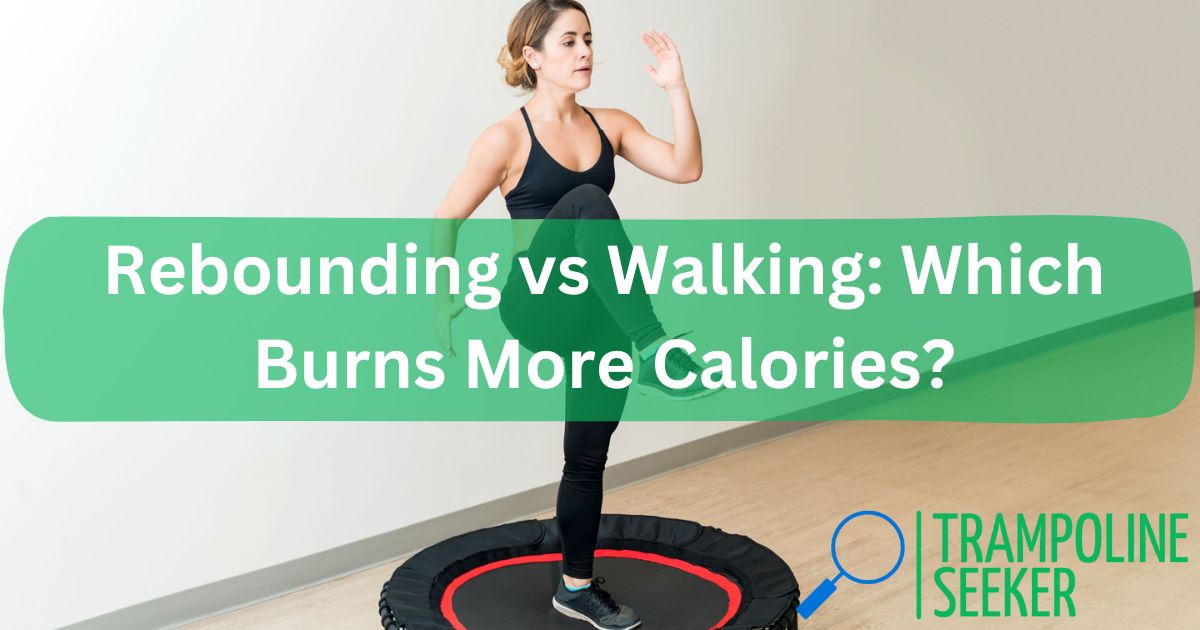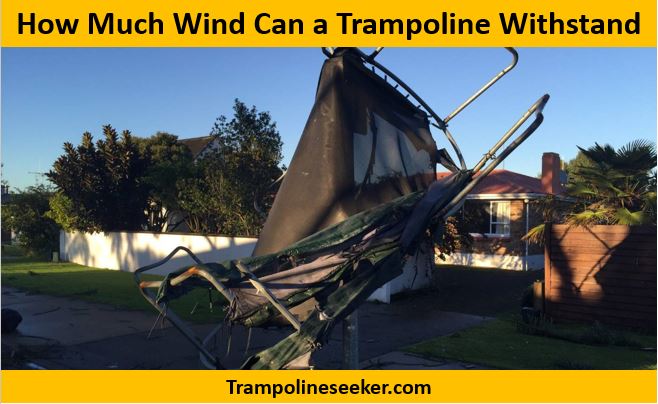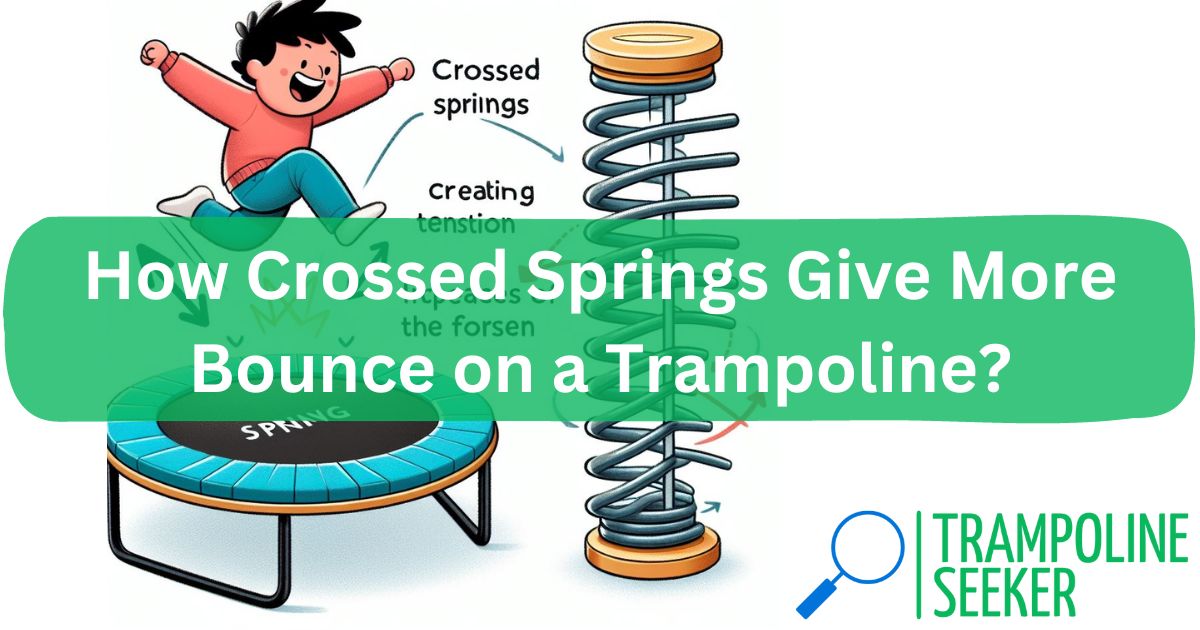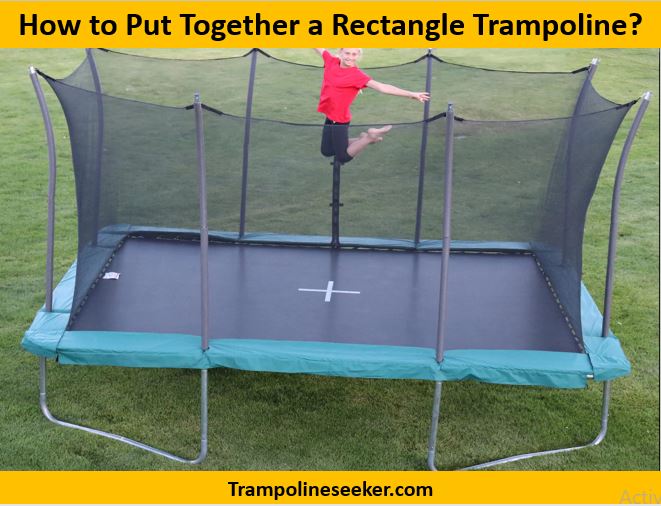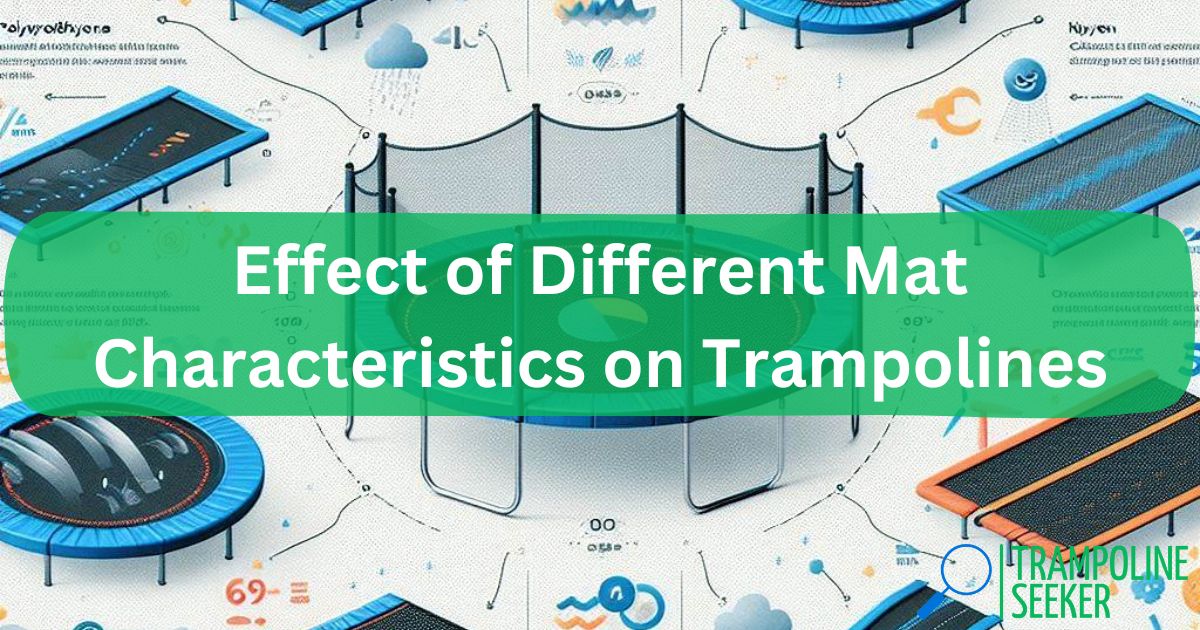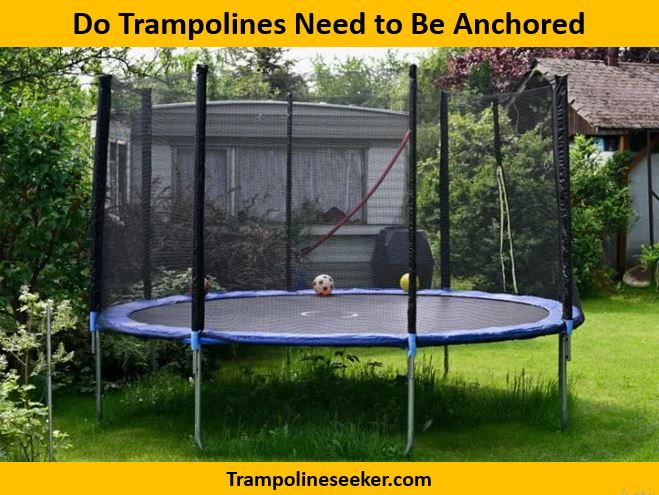Buying a trampoline for your backyard can be an exciting purchase! But with so many shapes, sizes and features to consider, it can also feel overwhelming trying to choose the right one. As a trampoline expert helping families select the perfect trampoline for over 10 years, I’ve put together this comprehensive guide on how to pick the best trampoline size for your needs. 👍
In this Trampoline Size Guide, you’ll learn key factors like yard space, number of users, trampoline types, safety considerations and more to help you make the most informed decision. I’ll also provide specific trampoline recommendations for all shapes and sizes. Let’s jump right in!
How big of a trampoline do I need? Here’s a quick answer:
Choosing the right size trampoline comes down to two main factors – the amount of open yard space you have, and the number of people you need the trampoline to accommodate. As a general rule of thumb:
- Small trampolines 6-10 ft are best for solo use
- Medium 10-14 ft work well for 1-2 users
- Large trampolines 15+ ft are ideal for families
Trampoline shape also impacts capacity. Read on for more details! 👇
Trampoline Size Factors to Keep in Mind
When deciding what size trampoline you should get, there are a few key considerations to keep in mind:
Yard Space
First, measure the amount of open yard space you have available. Trampolines need adequate overhead and side clearance for safety – aim for at least 6 ft on all sides. Make sure to account for areas needed to erect safety nets too.
You’ll also need room for easy access and supervision. Position it away from trees, fences and other structures.
Number of Users
Consider how many people will be bouncing at one time. Aim for individual jumpers to have at least 6 ft diameter of personal bounce space. More frequent users mean a bigger trampoline!
Here are general sizing guidelines based on number of users:
- 1 person: 6 – 10 ft
- 2 people: 10 – 12 ft
- 3-4 people: 12 – 14 ft
- 5+ people: 15+ ft
Trampoline Shape
Trampoline shape impacts overall jump area. Round trampolines offer the most symmetrical and efficient bounce, while rectangular and square trampolines provide more overall jumping space that’s ideal for multiple users.
Safety
Review safety guidelines for trampoline user age, weight limits and recommended supervision. Prioritize safety nets, padded coverings and avoiding hard surfaces underneath.
Durability
The bigger the trampoline size, the more weight and force it has to withstand. Be sure to choose a well-constructed frame, high-quality mat materials and strong springs that will hold up over years of jumping!
Now that we’ve covered the key factors, let’s explore popular trampoline sizes and shapes…
Round Trampolines
Round trampolines are the classic backyard trampoline choice preferred by individual jumpers. Their symmetrical shape provides an even bounce across the mat. Here’s an overview of popular round trampoline sizes:
Small Round Trampolines (6-10 ft)
Best for: Solo use
Key Features:
- Compact 6-10 ft size ideal for small yards
- Great option for toddlers & young kids starting out
- Easy to enclose & supervise kids
- Fits recreational solo bouncing
I recommend:
Medium Round Trampolines (10-14 ft)
Best for: 1-2 users
Key Features:
- 10-14 ft mat gives 1-2 people ample bounce room
- Enclosures can easily fit this size
- Great option as kids grow and develop skills
- Still very controllable for supervision
I Recommend:
Large Round Trampolines (15+ ft)
Best for: Active families
Key Features:
- 15+ ft diameter provides lots of room for families
- Higher weight limits to accommodate adults
- More elevation for skilled jumpers
- Still centers bounce well
I Recommend:
Rectangular Trampolines
Rectangle trampolines provide the most overall jump space for the footprint, making them a great option for multiple users. Here’s an overview:
Small Rectangle Trampolines (6×10 ft)
Best for: 1-2 users
Key Features:
- Compact shape fits small yards
- Low impact for new jumpers
- Narrow mat focuses bounce
- Enclosure recommended to prevent falls
I Like:
Medium Rectangle Trampolines (9×15 ft)
Best for: 2-3 users
Key Features:
- Space for multiple coordinated jumpers
- Enclosures keep users protected
- Durable build stands up to frequent use
- Great for kids’ athletic training
I Like:
Large Rectangle Trampolines (10×17+ ft)
Best for: 3-4+ users
Key Features:
- Oversized mat for whole family
- High weight limits for adults
- Professional training sized mats
- Safety nets are must at this size
I Recommend:
Note: I am not adding Square and Oval Trampolines because they are expensive. I have written a review article on the best trampolines of both types, but personally I will not recommend them.
Summary Table: Trampoline Sizes
Here is a quick summary of recommended trampoline sizes based on key factors:
Number of Users | Space Constraints | Trampoline Size | Trampoline Type |
1 | Small yard | 6-8 ft | Round or Small Oval |
1-2 | Narrow yard | 6×10 ft | Rectangle or Oval |
2-3 | Standard yard | 10-14 ft | Round or Medium Oval |
3-4 | Large yard | 8×12+ ft | Large Rectangle |
5+ | Very large yard | 15+ ft | Large Round |
Other Factors When Choosing a Trampoline
Besides size and shape, here are some other key considerations when selecting a trampoline:
Safety Features
Prioritize safety with:
- Safety netting/enclosures – Essential for preventing falls at all sizes
- Safety pads – Thick padding covers springs and frames
- Ladder access – Allows controlled mounting and dismounting
Construction
Look for:
- Steel frames – Avoid cheaper aluminum which can bend
- Galvanized steel – Resists rusting and corrosion
- UV protection – Prevents premature mat deterioration
- Quality springs – Ensure steady bounce, avoid breakage
Weight Limits
Consider user weights and activity levels. Look for:
- Higher weight limits – Support adults up to 250+ lbs
- Reinforced mats – Withstand intense exercise routines
Warranties
Opt for longest coverage such as:
- 10-year frame warranty
- 2-year parts warranty
- 1-year mat warranty
With the guidance above, you’re equipped to find the ideal trampoline size, type and features for backyard fun. Just measure your space, tally your jumpers and use my recommendations to select the perfect trampoline for your family. Happy bouncing! 👋
Related Topics:




